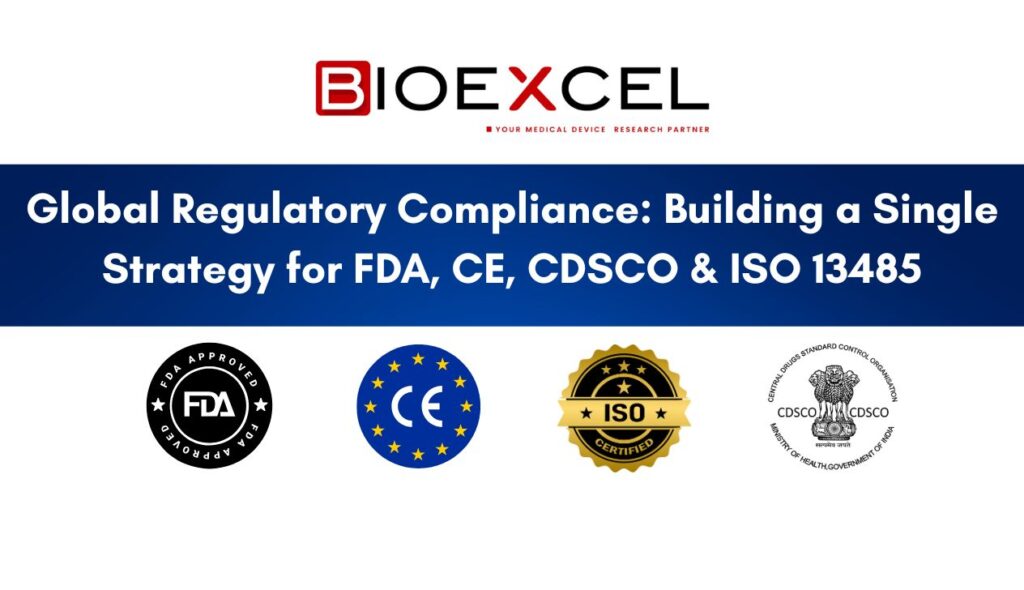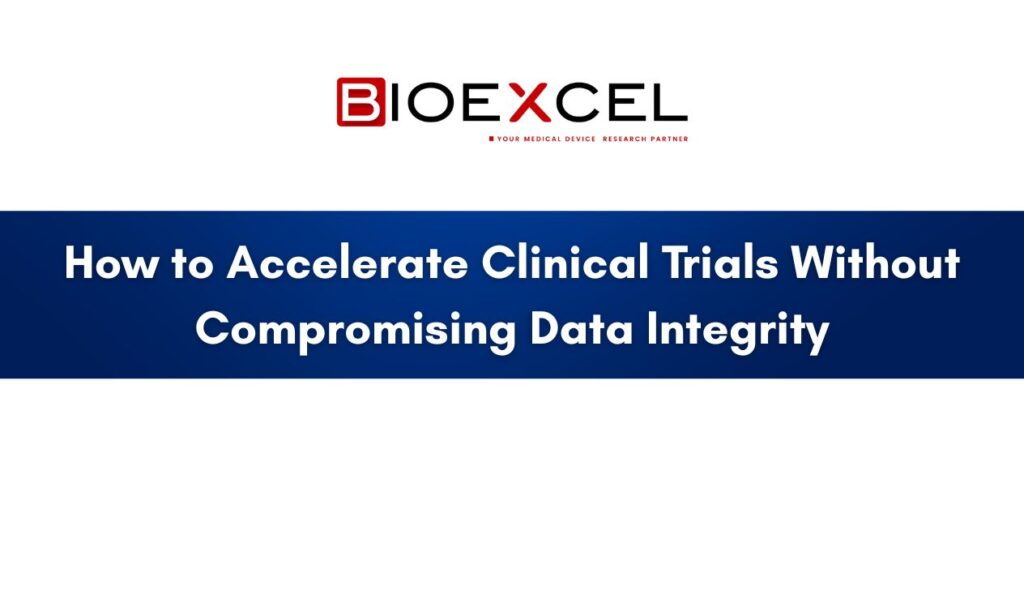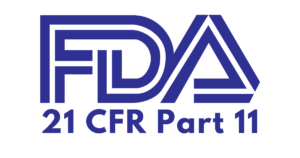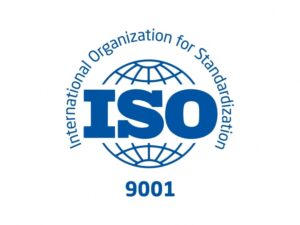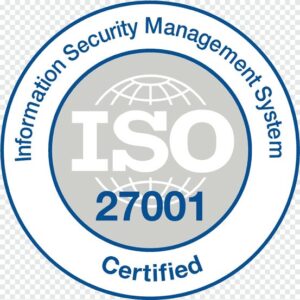The European Union Medical Device Regulation (EU MDR) has become very important for regulatory managers, clinical operations teams, R&D professionals, and leaders in companies that make sutures and wound care products. New strict rules were put in place by the EU MDR that affect even well-known goods like surgical sutures and wound care devices. This blog post talks about why it’s so important to follow EU MDR, especially when it comes to ISO 14155 and Post-Market Clinical Follow-up (PMCF) studies. We will talk about the medical and legal problems that come up under MDR, why PMCF needs to keep its CE mark, and how expert partners like Bioexcel and XcelTrials can help make sure that rules are followed.
Suture material and a tool for surgery. Under the EU MDR, even well-known devices like sutures have to meet stricter evidence standards. This is why it is so important to collect clinical data on a regular basis.
Sutures and Wound Care Devices: The New EU MDR Landscape

The EU MDR (Regulation (EU) 2017/745) took the place of the old Medical Device Directive. It has made all medical devices more responsible for clinical data and post-market monitoring. This means that compliance is not just a one-time thing for companies that make sutures and wound care. It’s something that they have to do all the time. Surgical sutures, wound dressings, and closure devices, which were once thought to have a low or intermediate risk, are now being looked at more closely. In fact, industry groups have said that surgical sutures have a “special status” as well-established technologies. They even have monographs in the European Pharmacopoeia that regulators recognise.
However, EU MDR compliance for sutures and wound care devices still needs strong clinical proof and up-to-date records, even with this history. When medical devices are CE marked under MDR, manufacturers must clearly meet new clinical standards in order to get and keep their CE certificates.
In short, even well-known old goods need to be tested over and over again for safety and performance in the real world to meet the changing needs of European regulators.
Post-market clinical follow-up’s (PMCF) significance
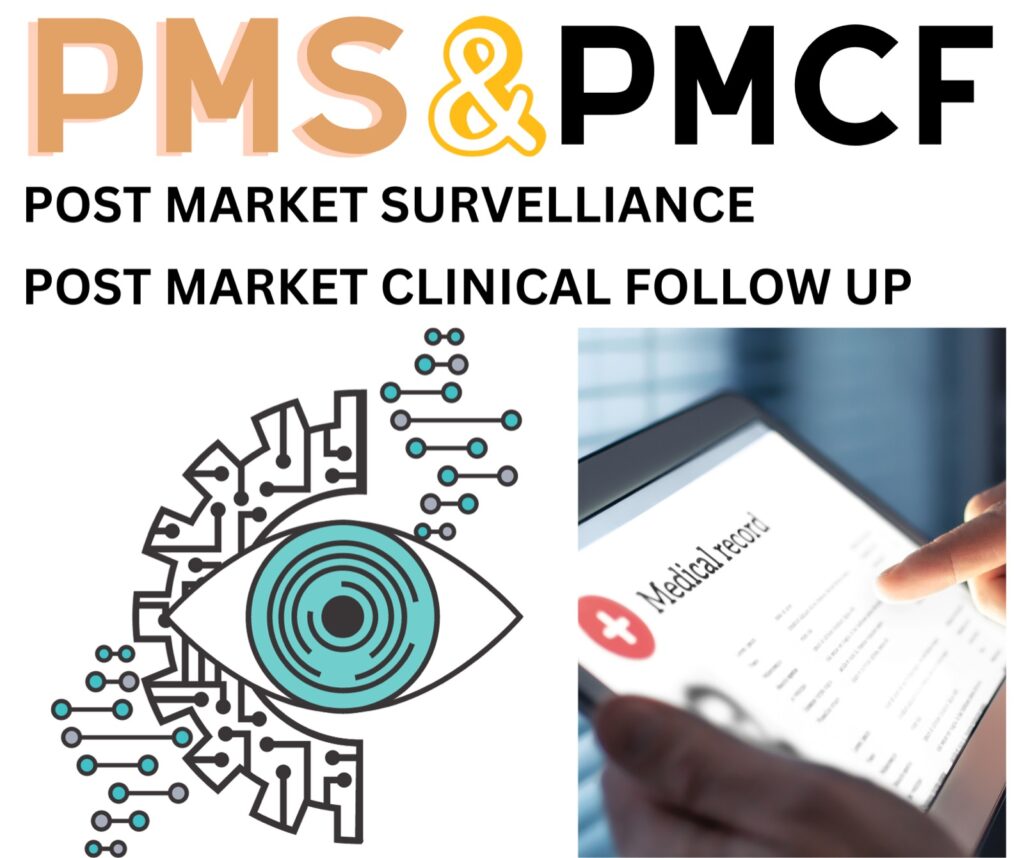
Manufacturers under MDR have to constantly compile actual data to verify gadget safety and performance all through its lifetime. For Post-Market Surveillance (PMS), PMCF is essential and guarantees:
- constant confirmation of performance and safety.
- Observing side effects and hazards.
- identification of newly developing problems.
- Verification of intended use and prevention of abuse.
Even for long-standing Class IIa wound care products, Notified Bodies now demand PMCF strategies. Although a risk-based strategy is allowed, businesses must explain any choice to ignore PMCF research
How ISO 14155 Contributes to PMCF Compliance
Compliance with ISO 14155:2020 (Good Clinical Practice) is a requirement of MDR for all clinical investigations, including PMCF studies. This guarantees:
- Study ethics and data confidentiality.
- Accurate research protocol, necessary ethical clearances, and informed permission.
- Thorough tracking, information gathering, and reports.
These stringent requirements necessitate knowledge of clinical trial management, even for observational studies of wound care devices that are already on the market.
Challenges for Suture and Wound Care Manufacturers
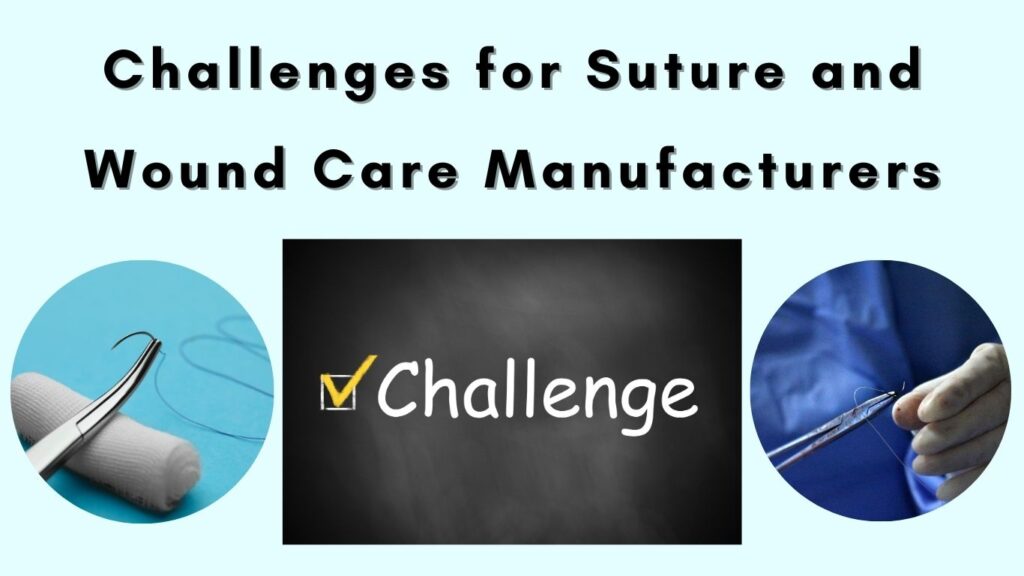
Important obstacles under MDR include:
- Finding enough clinical data depends on device risk class and regulatory standards.
- Different interpretations of inconsistent notified body criteria generate uncertainty.
- Gaps in resources and knowledge: PMCF research calls for a large outlay of funds.
- Establishing strong PMS systems for actual data requires complexity in data collecting.
- Compliance deadlines force proactive planning in regulatory timelines.
- Higher-risk classifications: Class III-level evidence may be needed for some sutures—such as absorbable kinds.
How Bioexcel and XcelTrials Can Help
With its XcelTrials platform, specialised medical device CRO Bioexcel offers experienced support for MDR compliance:
- Over 80 PMCF studies and 100 trials involving medical devices were managed by clinical trial specialists.
- Ensuring that research adhere to worldwide regulatory standards: ISO 14155 and GCP Compliance.
- Assisting with PMCF planning, CERs, and compliance audits is part of regulatory strategy and documentation.
- Gathering Data in the Real World: The XcelTrials platform makes post-market surveillance a breeze.
- Individualised Assistance: Comprehensive or targeted service solutions for producers.
Categorisation according to higher risk: Class III proof may be necessary for certain sutures (such as absorbable varieties).
Conclusion
To get around EU MDR, you need to keep providing clinical evidence through PMCF and follow ISO 14155. Working with Bioexcel and XcelTrials makes compliance easier, which helps companies that make sutures and wound care products keep their CE marking, keep patients safe, and stay competitive in the European market.



